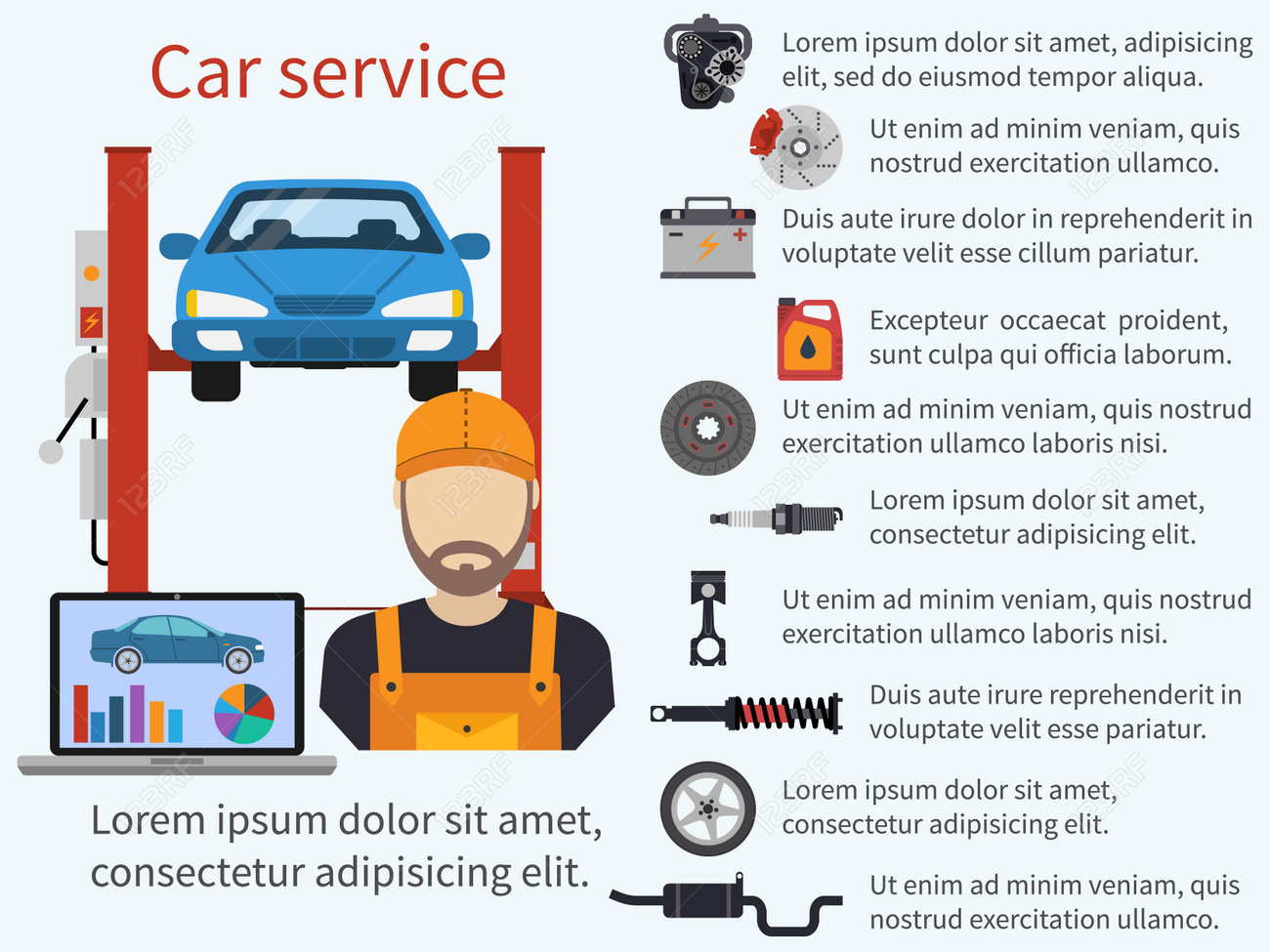Decoding Your Car'S Warning Indicators: What They Truly Signify
Decoding Your Car'S Warning Indicators: What They Truly Signify
Blog Article
Developed By-Lim Winters
When you're behind the wheel, those glowing warning lights on your dashboard can be a bit bewildering. Do you understand what they're trying to inform you regarding your cars and truck's wellness? Recognizing the significance of these lights is essential for your safety and the durability of your lorry. So, the next time among those lights pops up, would not you wish to understand its message accurately and take the necessary actions to resolve it?
Common Caution Lights and Interpretations
Identify usual caution lights in your cars and truck and understand their meanings to make certain safe driving.
The most common caution lights include the check engine light, which indicates problems with the engine or exhausts system. If this light begins, it's important to have your lorry inspected promptly.
The oil pressure alerting light shows low oil pressure, requiring prompt attention to stop engine damages.
A blinking battery light could recommend a faulty charging system, possibly leaving you stranded if not attended to.
The tire stress tracking system (TPMS) light notifies you to low tire stress, impacting car stability and gas efficiency. Neglecting this could result in risky driving problems.
The abdominal light suggests a problem with the anti-lock braking system, compromising your capability to stop quickly in emergencies.
Last but not least, the coolant temperature level alerting light warns of engine getting too hot, which can cause extreme damage if not resolved swiftly.
Comprehending these common caution lights will certainly help you deal with problems without delay and maintain safe driving conditions.
Value of Prompt Focus
Recognizing the common warning lights in your vehicle is only the initial step; the relevance of promptly dealing with these warnings can't be highlighted sufficient to guarantee your security when traveling.
When car detial illuminates on your control panel, it's your car's means of connecting a possible concern that requires attention. Overlooking these warnings can lead to extra extreme troubles in the future, endangering your security and potentially costing you extra in repairs.
Prompt focus to alerting lights can avoid failures and crashes. For example, a blinking check engine light might indicate a misfire that, if left unattended, can create damage to the catalytic converter. Addressing this immediately can conserve you from an expensive repair.
Likewise, a brake system advising light may indicate low brake liquid or worn brake pads, essential parts for your security when driving.
DIY Troubleshooting Tips
If you observe a caution light on your dashboard, there are a few do it yourself troubleshooting tips you can attempt prior to seeking professional help.
The very first step is to consult your vehicle's guidebook to recognize what the specific caution light suggests. In some cases the concern can be as straightforward as a loosened gas cap causing the check engine light. Tightening up why not find out more may solve the problem.
One more usual problem is a low battery, which can activate various cautioning lights. Examining the battery connections for deterioration and ensuring they're safe could deal with the trouble.
If a warning light lingers, you can try resetting it by disconnecting the cars and truck's battery for a few minutes and afterwards reconnecting it. Additionally, examining your automobile's fluid levels, such as oil, coolant, and brake liquid, can assist troubleshoot warning lights related to these systems.
simply click the following page
To conclude, understanding your cars and truck's caution lights is necessary for maintaining your car running efficiently and safely. By immediately addressing these alerts and recognizing what they suggest, you can prevent costly repairs and prospective break downs.
Keep in mind to consult your auto's guidebook for particular information on each warning light and do something about it accordingly to make certain a trouble-free driving experience.
Stay educated, remain risk-free on the road!
